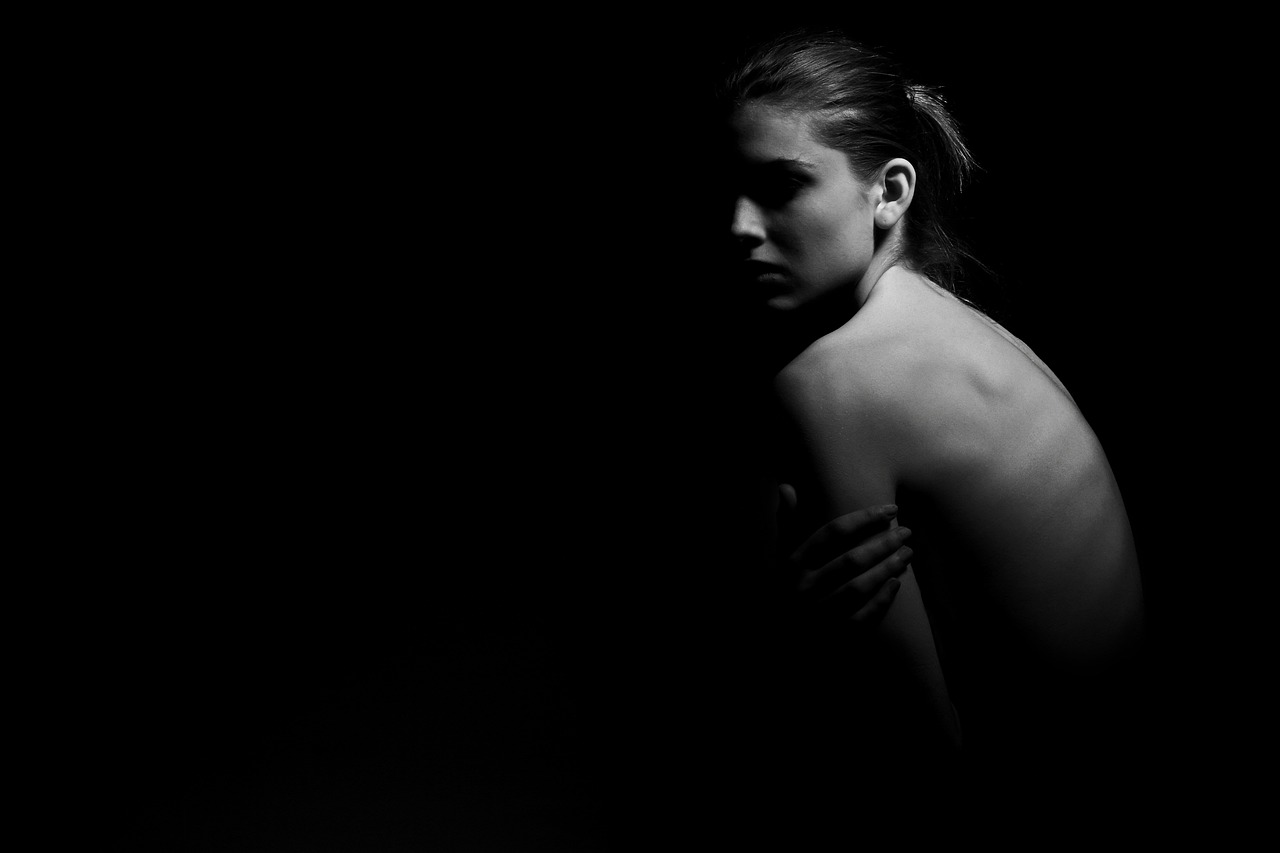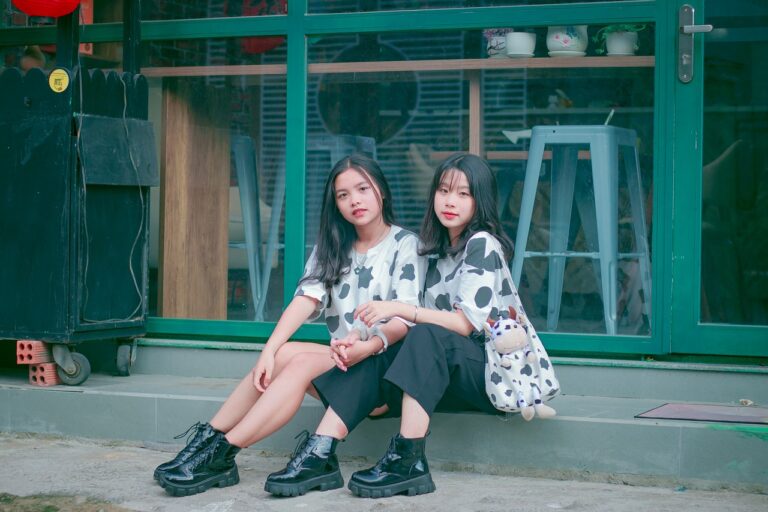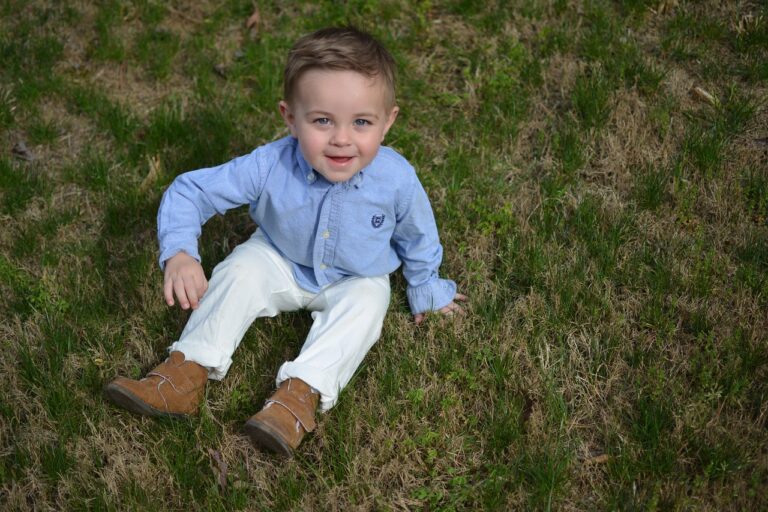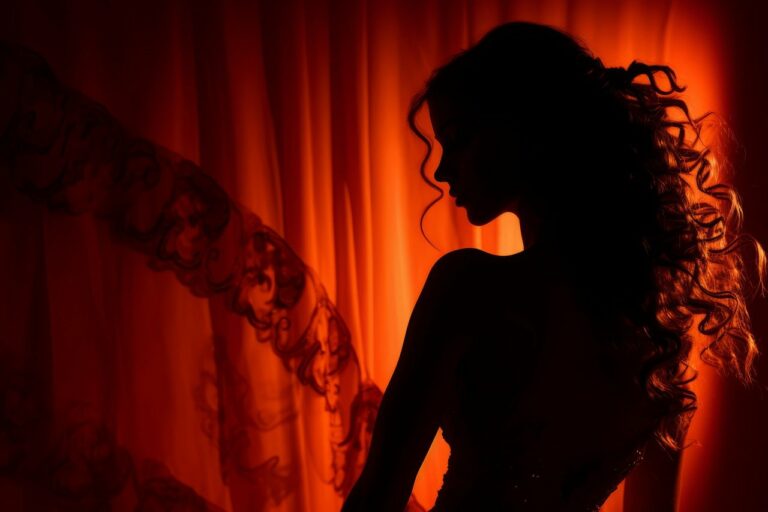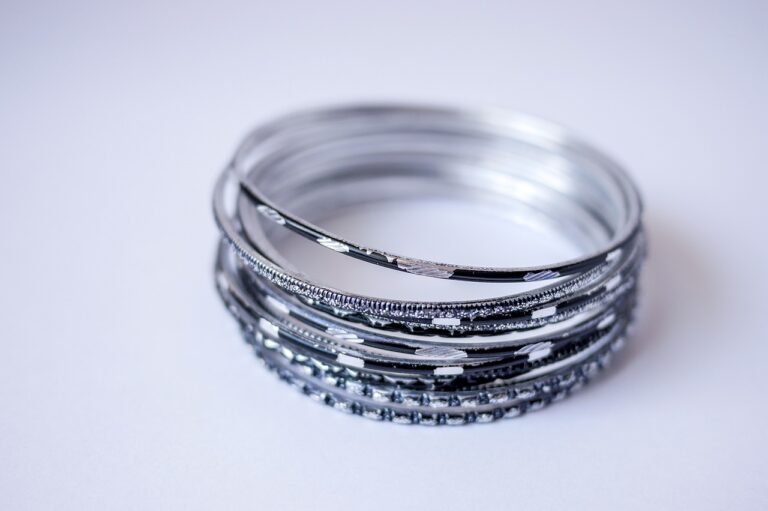Fashion and Costume Design: The Role of Clothing in Theater and Film
Costumes in theater and film have played a crucial role in bringing characters to life and enhancing storytelling since ancient times. In theater, costumes were used not only to differentiate characters but also to symbolize their social status, personality traits, and the historical period in which the story is set. Rich fabrics, elaborate embellishments, and meticulous attention to detail were often used to create a visual spectacle that captivated audiences and transported them to different worlds.
Similarly, in the realm of film, costume design has evolved over the years to become an integral part of character development and visual storytelling. Costume designers work closely with directors and production teams to ensure that each costume aligns with the overall vision of the film and helps convey the characters’ emotions, motivations, and relationships. Through costumes, filmmakers have the power to evoke specific time periods, cultures, and societal norms, adding depth and authenticity to the on-screen narrative.
The Evolution of Costume Design in Cinema
Costume design in cinema has undergone significant transformations over the decades. In the early days of silent films, costumes were often exaggerated and theatrical to convey character personalities to the audience without the luxury of dialogue. As technology advanced and films became more sophisticated, costume designers began paying closer attention to historical accuracy and subtle details to enhance the storytelling on screen.
The Golden Age of Hollywood saw a rise in glamorous and sophisticated costume designs, with designers like Edith Head and Adrian shaping the iconic looks of the era. In the following decades, the advent of color film allowed for even more creativity in costume design, with designers experimenting with vibrant hues and intricate details to bring characters to life. The evolution of costume design in cinema continues to evolve as contemporary designers push boundaries and blend elements of fashion, history, and fantasy to create visually captivating and narrative-enhancing costumes.
The Influence of Fashion Trends on Costume Design
Costume design in theater and film has long been influenced by the ever-changing landscape of fashion trends. Designers draw inspiration from the current styles and aesthetics that dominate the world of fashion, bringing a contemporary touch to their creations. The intricate details and innovative silhouettes seen on fashion runways often find their way onto the costumes worn by actors, enhancing the visual appeal of productions.
Fashion trends not only influence the overall look of costumes but also play a crucial role in character development. Costumes are much more than just clothing; they are an extension of a character’s personality and context within a narrative. By incorporating elements of current fashion trends into costume design, designers can effectively convey a character’s identity and reflect the time period in which the story is set.
What is the historical significance of costumes in theater and film?
Costumes have played a crucial role in conveying character, setting, and time period in both theater and film. They help bring the story to life and enhance the audience’s understanding of the narrative.
How has costume design evolved in cinema over time?
Costume design in cinema has evolved from simple and practical outfits to elaborate and visually stunning creations. Designers now work closely with directors and actors to create costumes that not only enhance the story but also reflect the characters’ personalities and emotions.
How do fashion trends influence costume design in theater and film?
Fashion trends play a significant role in costume design, as designers often look to current styles and trends for inspiration. By incorporating elements of contemporary fashion into costumes, designers can create looks that resonate with audiences and help make the characters feel more relatable and modern.

